With the Winter Olympic games opening this past week in PyeongChang, we have been feeling very nostalgic here in Vancouver with memories of our 2010 moment. Taking time the past few days to watch the opening ceremonies, and some of the snowboarding, curling, hockey, and skating events where Canadians are already dominating, I have enjoyed learning more about the stories and backgrounds of many of the athletes. Indeed, there are many parallels between the art world and the world of athletics when you consider how difficult and limited access is to the very top echelon of both arenas. Working in the shadows, often under and/or unfunded, with only a few shots to reach a large audience through a memorable performance, emerging athletes and artists share many of the same anxieties and frustrations.
Interestingly enough, one of the most fascinating and formative chapters of Jean Michel Basquiat's early career happened to coincide with an Olympic moment. In 1983, on the eve of the Olympic summer games in Los Angeles, Basquiat, a then up-and-coming artist began working closely with Andy Warhol on a series of collaborative paintings that were meant to help revive Warhol's career while helping boost Basquiat's cultural capital and fresh new artistic vision to the art establishment. Among their subjects was the Olympic games, and the paintings reflected both the highly visible and symbolic aspects of the games alongside that which was hidden or on the margins of Olympic history. In 2015, when the Gagosian Gallery in LA exhibited the series, the catalogue offered the following analysis:
"Warhol’s contribution to the collaborations can be seen in his distinctive technique of hand-painting ready-made iconography, an early practice that he revived with Basquiat. In the case of Olympic Rings, he made several variations of the Olympic five-ring symbol, rendered in the original primary colors. Basquiat responded to the abstract, stylized logos with his oppositional graffiti style. Between clusters of Warhol’s Olympic rings, he imposed a bold, dark, mask-like head, like a medallion in a link chain, undoubtedly an allusion to African-American star athletes of past Olympic Games, such as Jesse Owens, Carl Lewis, Tommie Smith, and John Carlos."
Jean-Michel Basquiat and Andy Warhol, from the Olympics and Olympic Ring Series (1983-5).
Just as Warhol's established pop art style is confronted by Basquiat's new take on urban graffiti in these paintings, we see the familiar art world push and pull between the old and new guard. It is this same dynamic that exists among athletes at the Olympic games-- the struggle to be seen and recognized-- the struggle to be the best. Enjoy the games this year, and enjoy this week's links!
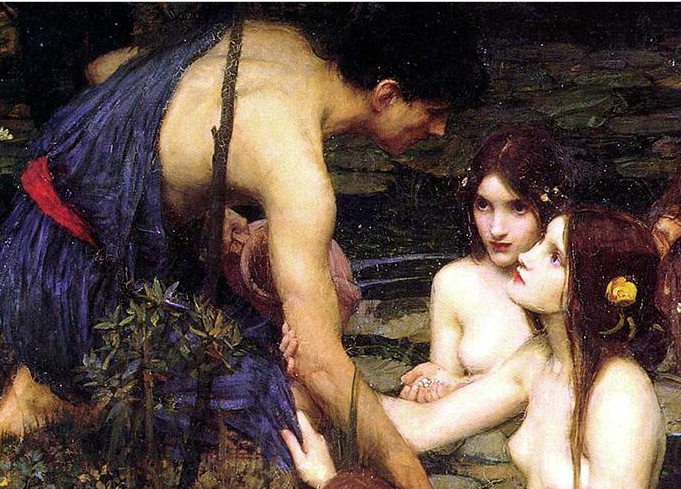
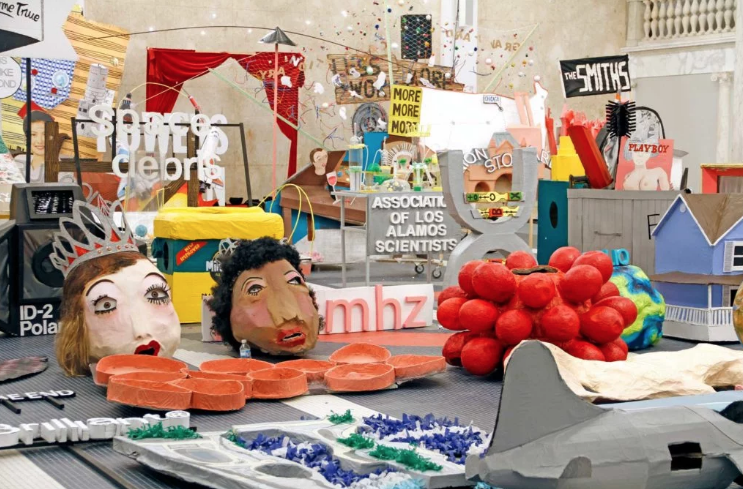
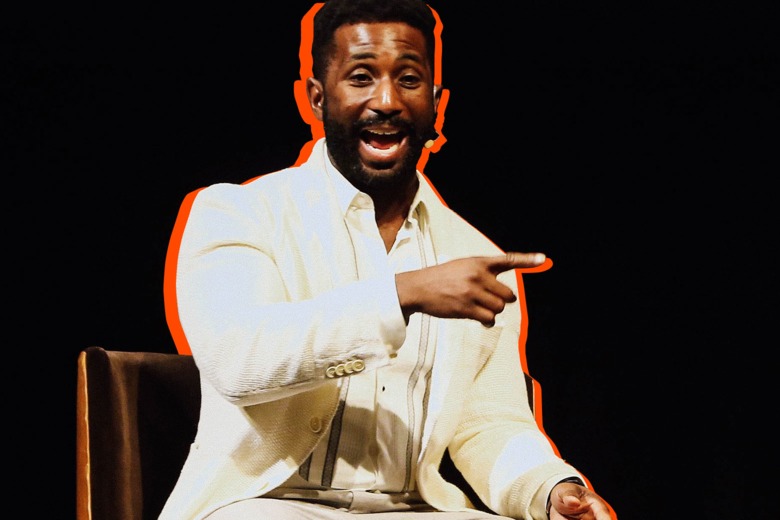
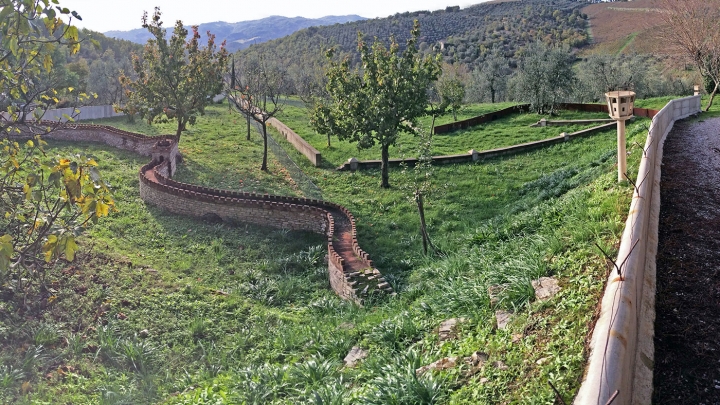

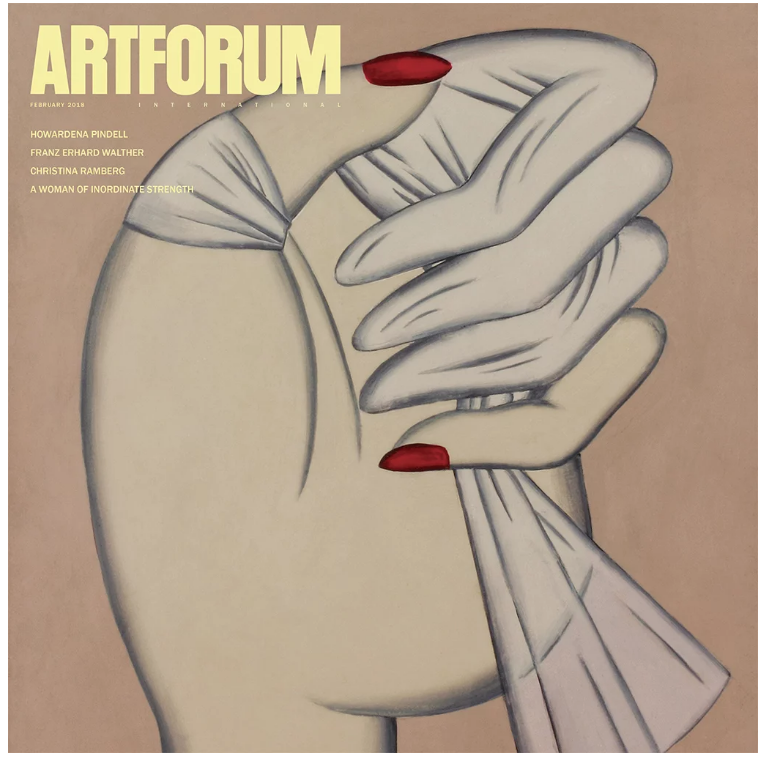
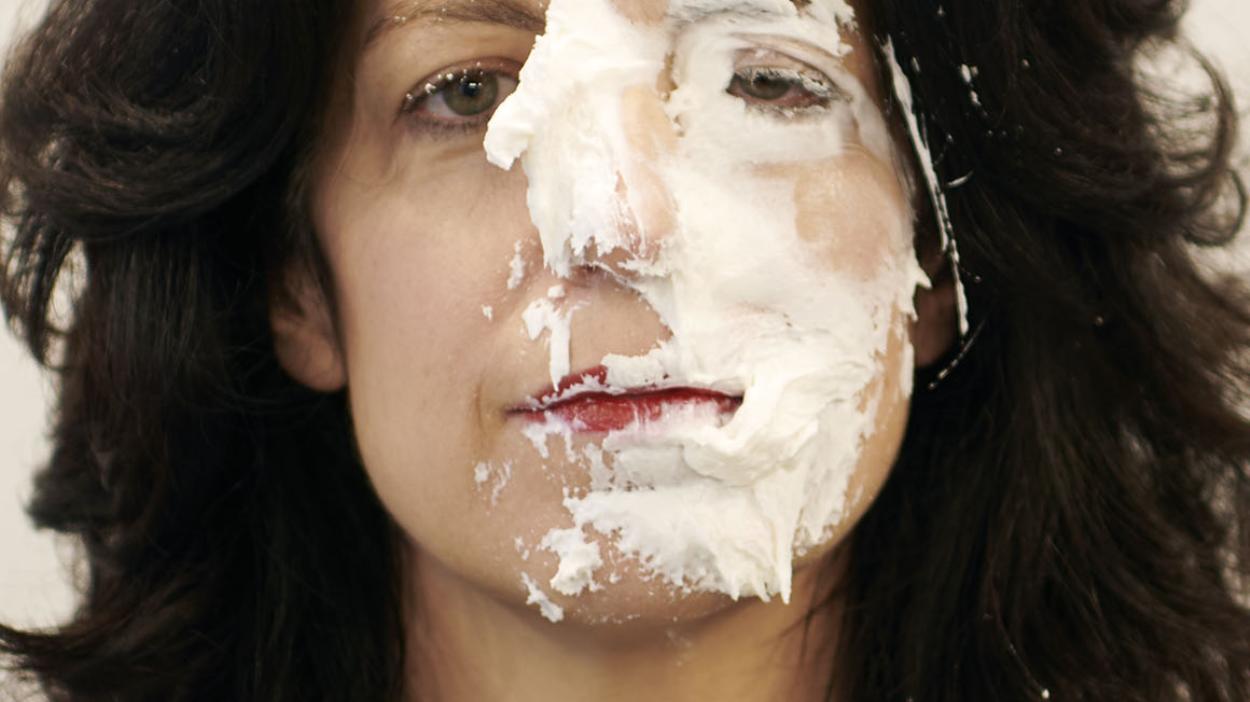

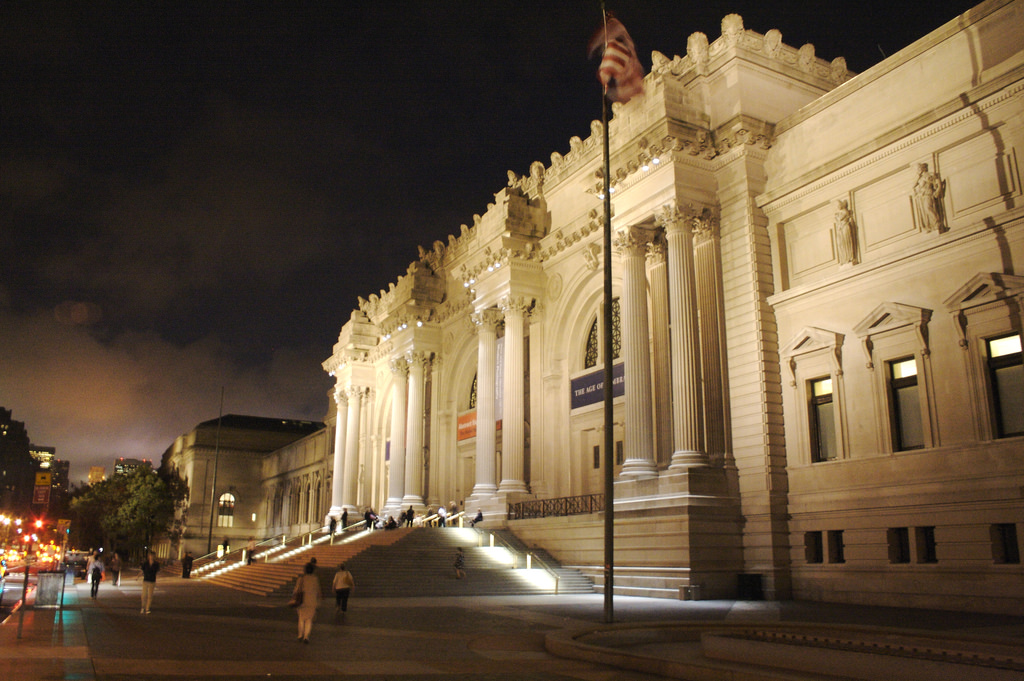
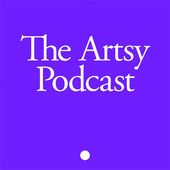
- After the Nymphs Painting Backlash: Is Curatorial Activism a Right or an Obligation?
- Can a Critic Be an Activist?
- What Is the Art Exhibition of Your Dreams?
- Artists and Arts Workers Call on Institutions to Reject Calling Trump’s Border Wall Art
- The Precarious, Glamorous Lives of Independent Curators
- ‘We’re Tired of the Sweet Talk’: Prominent Group of Art-World Women Demands a Boycott of Artforum
- Jennifer Rubell Invites You to Throw a Pie in Her Face (Then Call Her on the Phone)
- Still Learning the Lessons of the ’60s
- Open Letter to the Met RE: Admissions Policy
- Is It Illegal to Eat a Work of Art? (PODCAST)


